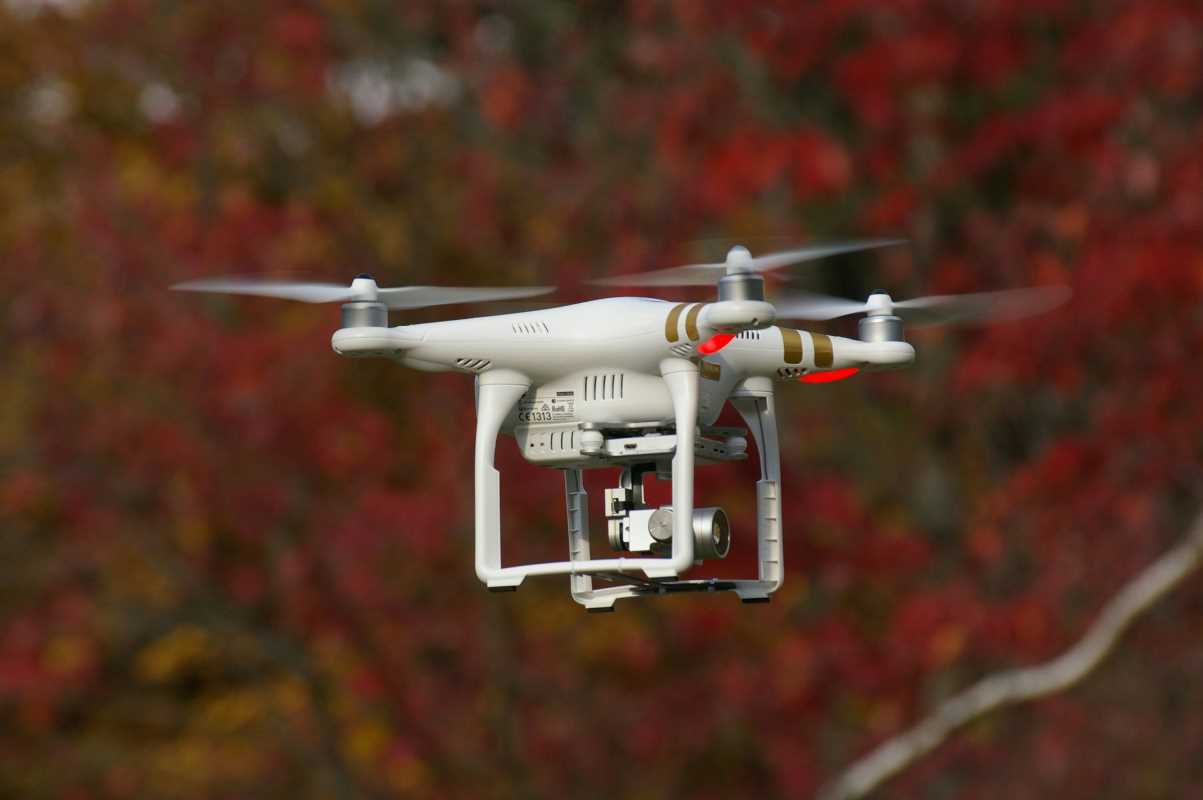Drones now glide effortlessly through the sky, navigating complex environments with remarkable precision—a feat made possible by the convergence of autonomous navigation systems and edge computing. Once confined to futuristic visions, this technology is rapidly becoming a cornerstone of modern industry. From agriculture and logistics to public safety and infrastructure inspection, drones are now central to operations that demand speed, accuracy, and real-time responsiveness. Edge computing plays a critical role in this transformation by allowing drones to process data directly onboard, eliminating delays and increasing autonomy. This shift is redefining drone capabilities and expanding their practical applications across multiple sectors.
Understanding Autonomous Drones
Autonomous drones are aircraft that operate without human intervention, relying on onboard systems to perform tasks such as navigation, obstacle avoidance, and data collection. Traditionally, these drones have depended on centralized systems and GPS-based navigation to guide their movements. While effective to an extent, these methods present their own set of challenges.
One of the main limitations of traditional navigation systems is their reliance on continuous connectivity to process data in the cloud. This dependence can lead to delays and reduced responsiveness, especially in environments where connectivity is unstable or nonexistent. Centralized processing can bottleneck performance, limiting the drone's ability to make real-time decisions.
What is Edge Computing?
Edge computing refers to the practice of processing data closer to where it is generated, rather than sending it to centralized data centers. By decentralizing data processing, edge computing reduces latency, increases speed, and enhances the overall efficiency of systems. In the context of autonomous drones, edge computing plays a pivotal role in managing the vast amounts of data these drones collect and process during their operations.
One of the significant advantages of edge computing is its ability to handle real-time data processing. For drones, this means faster decision-making capabilities, which are crucial for tasks like obstacle avoidance and navigating dynamic environments. By processing data locally, drones can respond to changes almost instantaneously, leading to more reliable and efficient operations.
Revolutionizing Navigation with Edge Computing
Edge computing changes how autonomous drones navigate, introducing several technological advancements that enhance their performance and capabilities. Here are some key innovations:
- Real-Time Data Processing: Drones can analyze sensor data on the fly, enabling swift adjustments to their flight paths without waiting for cloud-based instructions.
- Enhanced Security: Local data processing minimizes the risk of data breaches, as sensitive information doesn't need to travel over the internet.
- Improved Battery Efficiency: By reducing the need for constant data transmission, drones can conserve energy, extending their operational time.
- Advanced Machine Learning Models: Edge devices can run sophisticated algorithms that allow drones to learn and adapt to their environments more effectively.
- Seamless Integration with Other Technologies: Edge computing facilitates the integration of drones with technologies like the IoT and 5G, enhancing their capabilities in smart city applications.
Benefits of Edge Computing in Drone Operations
- Reduced Latency: Immediate data processing allows drones to react swiftly to changes, improving their responsiveness.
- Increased Reliability: Local processing ensures that drones remain operational even in areas with poor connectivity.
- Scalability: Edge computing allows for easier scaling of drone fleets, as each unit can operate independently without overloading central systems.
- Cost Efficiency: Lower data transmission needs can lead to reduced operational costs, making drone deployments more economical.
- Enhanced Data Privacy: Keeping data processing local helps maintain higher standards of data privacy and security.
Challenges and Future Prospects
- Technical Limitations: Integrating edge computing with drones requires advanced hardware and software, which can be costly and complex to develop.
- Energy Consumption: While edge computing can save energy in data transmission, the processing itself can be energy-intensive, posing a challenge for battery-powered drones.
- Standardization: The lack of standardized protocols and frameworks for edge computing in drones can hinder widespread adoption and interoperability.
- Security Concerns: Although edge computing enhances security by reducing data transmission, it also introduces new vulnerabilities that need to be addressed.
- Future Prospects: The future of drone navigation with edge computing looks promising, with advancements in AI, machine learning, and hardware capabilities driving further innovation. Potential developments include more autonomous decision-making, improved swarm intelligence, and integration with other emerging technologies like augmented reality.
Edge computing transforms drone navigation by enabling faster, smarter, and more autonomous flight, unlocking new potential across industries.
 (Image via
(Image via





